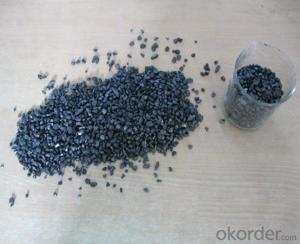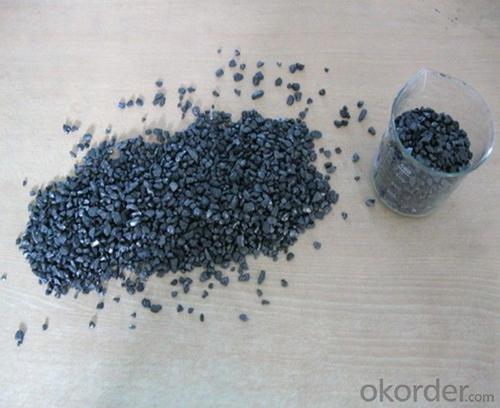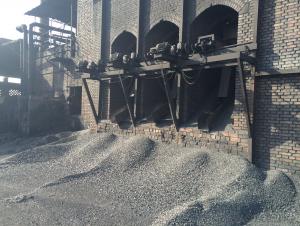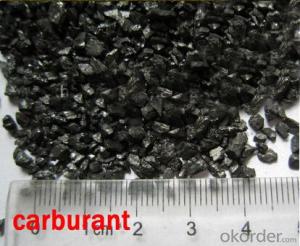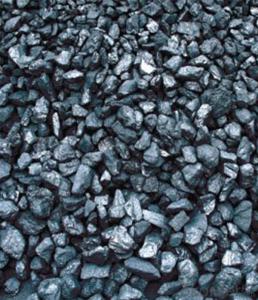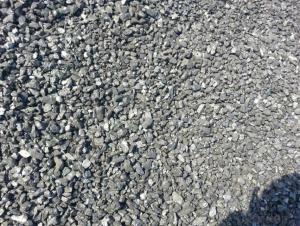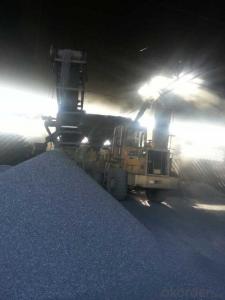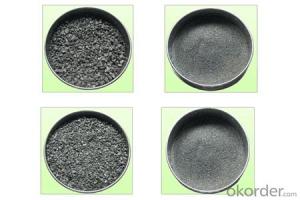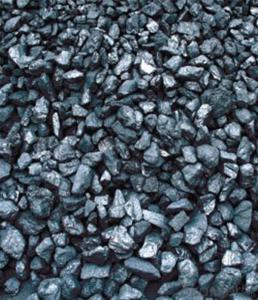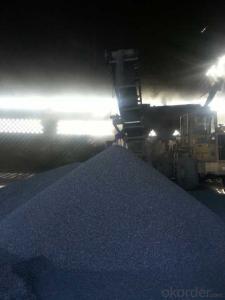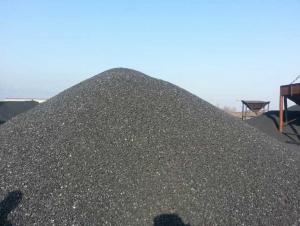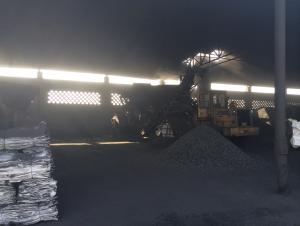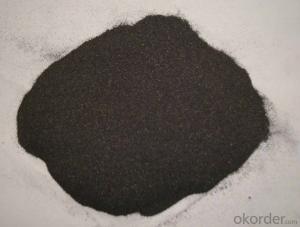Carbon Additive With FC 95% CNBM Biggest Supplier
- Loading Port:
- China main port
- Payment Terms:
- TT OR LC
- Min Order Qty:
- 0 m.t.
- Supply Capability:
- 100000 m.t./month
OKorder Service Pledge
OKorder Financial Service
You Might Also Like
Application
The Calcined Anthracite Coal/Gas Calcined Anthracite Coal/Carbon Raiser is mainly used in steelmaking in electrical stove, screening water, shipbuilding sandblast to remove rust. It can reduce the cost of steelmaking effectively by replacing the traditional petroleum coke of carburant.Also can improve the Carbon content in steel-melting and Ductile iron foundry.
Packaging & Delivery
Packaging Detail: | 25kgs/50kgs/1ton per bag or as buyer's request |
Delivery Detail: | Within 20 days after receiving corect L/C |
Application
The Calcined Anthracite Coal/Gas Calcined Anthracite Coal/Carbon Raiser is mainly used in steelmaking in electrical stove, screening water, shipbuilding sandblast to remove rust. It can reduce the cost of steelmaking effectively by replacing the traditional petroleum coke of carburant.Also can improve the Carbon content in steel-melting and Ductile iron foundry.
Specifications
Calcined Anthracite
Fixed carbon: 90%-95%
S: 0.5% max
Size: 0-3. 3-5.3-15 or as request
PARAMETER UNIT GUARANTEE VALUE | |||||
F.C.% | 95MIN | 94MIN | 93MIN | 92MIN | 90MIN |
ASH % | 4MAX | 5MAX | 6MAX | 7MAX | 8MAX |
V.M.% | 1 MAX | 1MAX | 1.5MAX | 1.5MAX | 1.5MAX |
SULFUR % | 0.5MAX | 0.5MAX | 0.5MAX | 0.5MAX | 0.5MAX |
MOISTURE % | 0.5MAX | 0.5MAX | 0.5MAX | 0.5MAX | 0.5MAX |
Size can be adjusted based on buyer's request.
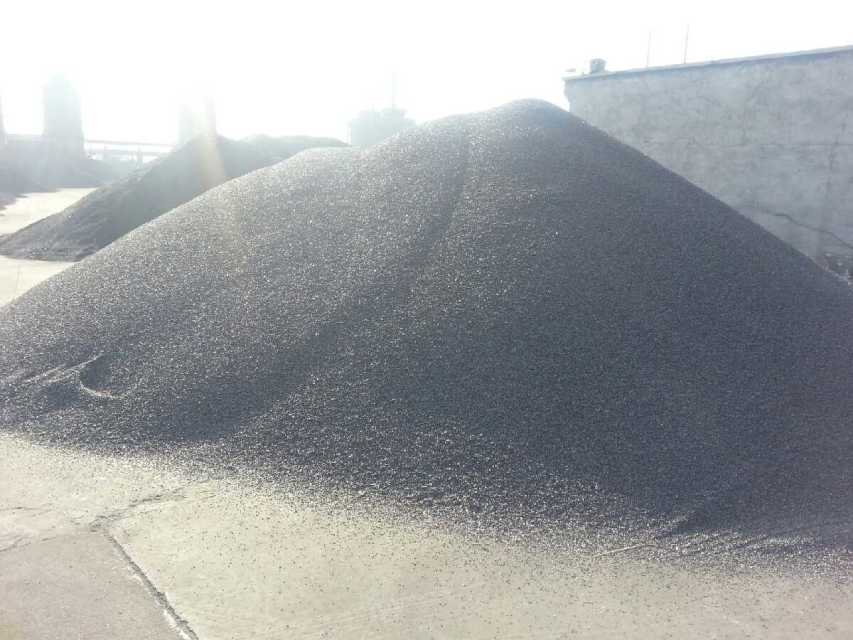
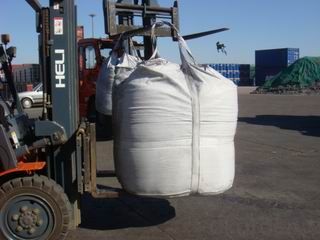
- Q: How does carbon affect the formation of droughts?
- Carbon does not directly affect the formation of droughts. However, increased carbon dioxide levels resulting from human activities contribute to climate change, which can lead to changes in precipitation patterns and increased likelihood of drought conditions in certain regions.
- Q: What are the consequences of increased carbon emissions on coral reefs?
- Coral reefs are severely impacted by the increased emission of carbon, resulting in numerous consequences. One major effect is the occurrence of ocean acidification, which happens when excess carbon dioxide is absorbed by seawater, causing a decrease in pH levels. This acidification hampers the ability of corals to construct their calcium carbonate skeletons, making them more susceptible to erosion and breakage. Moreover, elevated levels of carbon dioxide in the atmosphere contribute to global warming, leading to the rise of ocean temperatures. Consequently, coral bleaching occurs as corals expel the symbiotic algae responsible for their vibrant colors. Without these algae, corals become stressed, lose their color, and become more vulnerable to disease and death. Additionally, increased carbon emissions contribute to alterations in ocean currents and weather patterns, resulting in more frequent and intense storms. These storms physically damage coral reefs, causing further destruction to already fragile ecosystems. The consequences of increased carbon emissions on coral reefs are profound and devastating. The decline of coral reefs not only impacts the biodiversity of the oceans but also has significant implications for human populations that rely on reefs for sustenance, income, coastal protection, and tourism. It is imperative to reduce carbon emissions and take immediate action to safeguard and preserve these invaluable ecosystems.
- Q: What is the difference in carbon content of low carbon steel, medium carbon steel and high carbon steel?
- Carbon content of low carbon steel (AISI1005 ~ 1026) is 0.06% to 0.28%, manganese content is 0.25% to 1%, phosphorus content is not more than 0.04%, sulfur content is not more than 0.05%.
- Q: How does carbon affect food production?
- Carbon affects food production in several ways. Firstly, carbon dioxide is a crucial component for photosynthesis, the process by which plants convert sunlight into energy. Increased levels of atmospheric carbon dioxide can potentially enhance crop yields by providing plants with more raw materials for growth. However, excessive carbon emissions are also responsible for climate change, leading to extreme weather events such as droughts, floods, and heatwaves, which can negatively impact food production. Additionally, the burning of fossil fuels releases carbon dioxide, contributing to air pollution that can harm crops and reduce their productivity. Therefore, while carbon is essential for plant growth, the excessive release of carbon emissions can have detrimental effects on food production.
- Q: What is carbon black pigment?
- Carbon black pigment is a finely divided form of carbon that is primarily used as a coloring agent in various applications. It is produced by the incomplete combustion or thermal decomposition of hydrocarbons, such as coal tar, petroleum, or natural gas. The resulting carbon black particles are extremely small and have a high surface area, which gives them unique properties. Carbon black pigment is known for its intense black color, high tinting strength, and excellent UV stability. It is widely used in the production of inks, paints, coatings, plastics, rubber, and various other materials. The pigment particles disperse well in these mediums, providing a deep and uniform black coloration. In addition to its coloring capabilities, carbon black pigment also offers several other desirable properties. It enhances the durability, weather resistance, and electrical conductivity of materials. It can also improve the UV resistance and absorption properties of coatings and plastics, making them more resistant to fading and degradation caused by sunlight exposure. Moreover, carbon black pigment is chemically inert and does not react with other substances. This makes it suitable for use in a wide range of applications without causing any undesired chemical reactions. It is also non-toxic and has a low environmental impact, making it a preferred choice for many industries. Overall, carbon black pigment is a versatile and widely used additive that provides deep black coloration, durability, and enhanced performance to a variety of materials. Its unique properties make it an essential component in numerous industries, contributing to the production of high-quality products.
- Q: How does carbon contribute to global warming?
- Carbon contributes to global warming through the greenhouse effect. When carbon dioxide (CO2) and other greenhouse gases are released into the atmosphere, they trap heat from the sun and prevent it from escaping back into space. This leads to an increase in the Earth's surface temperature, causing global warming. The primary source of carbon emissions is the burning of fossil fuels such as coal, oil, and natural gas for energy production, transportation, and industrial processes. These activities release large amounts of CO2 into the atmosphere, which accumulates over time and enhances the greenhouse effect. Additionally, deforestation and land-use changes also contribute to rising carbon levels. Trees and plants absorb CO2 as part of photosynthesis, acting as a natural carbon sink. However, when forests are cleared, this stored carbon is released back into the atmosphere. Moreover, the loss of trees reduces the overall capacity to absorb CO2, exacerbating the problem. The consequences of increased carbon emissions are far-reaching. Rising temperatures result in the melting of polar ice caps and glaciers, leading to sea-level rise and threatening coastal communities. Furthermore, carbon-driven global warming disrupts weather patterns, causing extreme weather events such as hurricanes, droughts, and heatwaves. To mitigate the impact of carbon on global warming, efforts must be made to reduce carbon emissions. This can be achieved through transitioning to renewable energy sources like solar and wind, improving energy efficiency, promoting sustainable practices in agriculture and forestry, and implementing policies that encourage carbon capture and storage. Addressing carbon emissions is crucial in combating global warming and its associated consequences. By understanding the role of carbon in the greenhouse effect, we can work towards a sustainable future that minimizes the harmful effects of climate change.
- Q: What is electrical carbon?
- Carbon and graphite have the following characteristics:(1) it has good conductivity and thermal conductivity.2. It has excellent properties of high temperature resistance, can work at 3000 degrees under anaerobic condition, and has good mechanical strength and thermal shock resistance at high temperature.(3) good chemical stability, not adhesion to liquid metal at high temperature, only with strong oxidant.(4) graphite has good self lubrication characteristics.The electricity production process is as follows: firstly, the carbon powder and adhesive agent he mixed pressed carbon matrix material. And then send the person inside the furnace and high temperature sintering, the final form of electrical carbon products.
- Q: What's the difference between an alkaline cell and a carbon cell?
- 3. Alkaline batteries, also called alkaline dry cells, are suitable for large capacity and long time use. The internal resistance of the battery is low, so the current produced is larger than that of the general zinc manganese battery, while the environmental protection type mercury content is only 0.025%, and no recycling is needed. Based on his environmental protection, and the current characteristics of large, so now alkaline battery more.4. In the final analysis, the essential difference between a carbon cell and an alkaline cell is the internal material. In short, carbon battery consists of carbon, zinc skin composition, but its internal cadmium and mercury, is not conducive to environmental protection, but it is cheap, so there is a space for one person in the market, and the alkaline battery no pollution of heavy metal ions, high current, conducive to environmental protection, is the future development direction of the battery!
- Q: How does carbon affect the pH of water?
- Carbon does not directly affect the pH of water. However, when carbon dioxide dissolves in water, it forms carbonic acid, which lowers the pH of the water, making it slightly more acidic.
- Q: How is carbon used in water filtration systems?
- Carbon is commonly used in water filtration systems due to its impressive adsorption properties. Adsorption involves the molecules of a substance binding to the surface of another material, in this case, carbon. Activated carbon, which is carbon that has been specially processed to create a large surface area, is particularly effective in water filtration. When water passes through the filtration system, the carbon captures and retains a wide range of impurities, including organic compounds, chlorine, volatile organic compounds (VOCs), and certain heavy metals. This adsorption process helps to remove unpleasant odors and tastes from the water, making it more palatable. Carbon also plays a crucial role in removing potentially harmful contaminants such as pesticides, herbicides, and pharmaceutical residues. Additionally, carbon filtration systems can help reduce the risk of waterborne illnesses by removing bacteria, viruses, and parasites. Overall, carbon is an essential component of water filtration systems as it significantly improves the quality and safety of drinking water.
Send your message to us
Carbon Additive With FC 95% CNBM Biggest Supplier
- Loading Port:
- China main port
- Payment Terms:
- TT OR LC
- Min Order Qty:
- 0 m.t.
- Supply Capability:
- 100000 m.t./month
OKorder Service Pledge
OKorder Financial Service
Similar products
Hot products
Hot Searches
Related keywords
